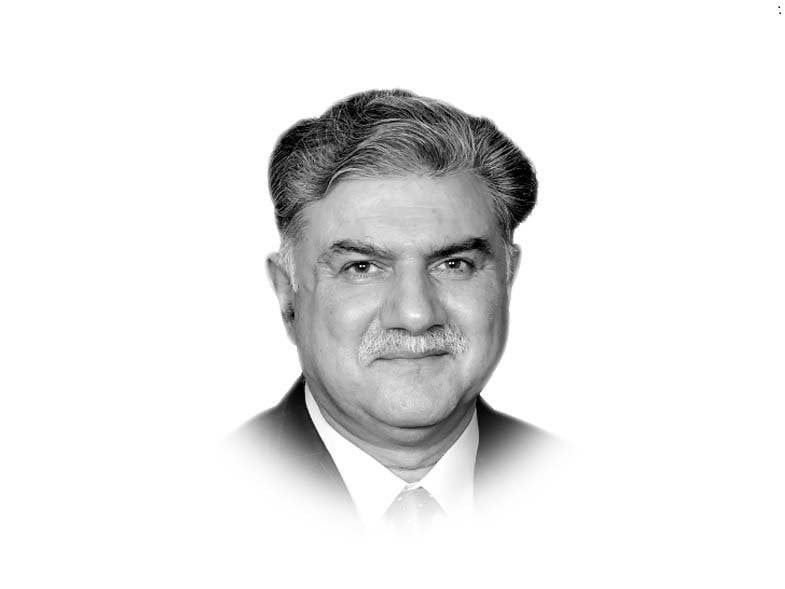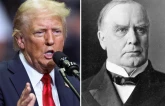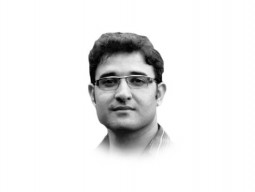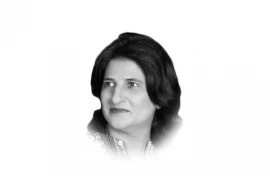
It is fashionable in military circles to typify warfare. US Army/Marine Corps (USMC) authors William S Lind and others co-authored a Marine Corps Gazette article ‘The Changing Face of War: Into the Fourth Generation’ in 1989, categorising warfare. Later in 2006, another retired USMC Col Thomas X Hammes in his book, The Sling and The Stone, expanded the concept. Warfare was grouped by these authors into generations.
First-Generation Warfare (1GW) included the conduct of war up to and coinciding with 17th Century, precisely with the ‘Peace of Westphalia (1648)’, the treaty that brought peace to the Holy Roman Empire, ending ‘Thirty Years War (1618-48)’ in Europe; and the development of smoothbore musket. 1GW was characterised by ‘state retaining monopoly’ over conduct of warfare. Its tactics were line and column involving tightly ordered soldiers with top-down discipline. These troops advanced slowly.
Second-Generation Warfare (2GW) was conducted in the early stages of World War-I. It involved linear fire and movement, supported by indirect artillery fire. The 2GW bogged down in the trinity of trench, barbed wire and machine gun. This stalemate of trench warfare was partially broken with the advent of tanks at the battle of Somme in 1916.
It was Third-Generation (3GW) that introduced ‘maneuver’ as opposed to ‘movement’. Maneuvering troops in mechanised columns (tanks, motorised infantry, artillery) under air cover would infiltrate, bypass enemy defences, cut enemy lines of communication and logistics, while avoiding closing with and destroying enemy forces in frontal attacks. The aim was to collapse enemy’s system of forces through ‘psychological dislocation’. German Blitzkrieg (Lightening Warfare) in WW-II optimally demonstrated 3GW. Defence against such attacking forces was to be organized in depth.
Fourth-Generation Warfare (4GW) was developed during the pre-Cold War period, when world powers sought to retain their colonies and captured territories. Non-State Actors (NSAs) opposed to colonising/occupying powers could not withstand the state’s combat power. So, they (insurgents and freedom fighters) resorted to the tactics of propaganda, movement-building, secrecy, terror, etc to overcome the technological gap with state forces. 4GW shares much in common with ‘asymmetric warfare’ and ‘LIC’ — low-intensity conflict (insurgency and guerrilla war). Generally, the weaker/NSA side started the conflict. NSA is, hence, a major participant rather than the state, although state forces are involved in response. Literature cites the Roman Empire’s slave uprising (gladiator revolt) in 73 BC as its beginning, besides Hezbollah in modern Lebanon, or Liberation Tigers of Tamil Eelam (LTTE) in Sri Lank recently etc.
4GW comprises a transformation of conflict where the lines between war and politics, combatants and civilians (non-combatants) etc are blurred. In the typology of modern warfare, 4GW refers to a generation of warfare where nation state loses its near monopoly on the conduct of combat, returning to the pre-modern mode when warfighting was diffused in groups, area and time. Moral/legal aspects, technology, globalisation, religious fundamentalism, etc shape 4GW’s moral and ethical norms, often creating novel ways of warfighting on both sides.
4GW is generally characterised by complex and long-term conflict that includes ‘terrorism as its tactics’ with a non-national or transnational base. Genocidal acts like suicide bombing and other collateral fatalities are embedded for maximum effect. 4GW incorporates all political, economic, social, media, civilian and military means at the disposal of NSA. And NSA fights the 4GW at all three levels: physical (actual combat), psychological (the will to fight, belief in victory, etc), and moral (cultural norms). The last mentioned being the most important.
Organisationally, the smaller NSA lacks hierarchical authority (particularly a rigid operational hierarchy) and formal structure, but can demonstrate higher patience and flexibility and can keep a low profile when needed. A charismatic leader sits at the top of command-and-control structure with rallying powers. NSA forces are sustained through communication networks and community and/or external financial support.
Operationally, 4GW follows a low-intensity mode where the smaller NSA forces operate in decentralised manner at tactical/sub-tactical levels, following a cost-effective operational strategy, targeting state’s security culture and infrastructure. Success may embolden NSA to graduate 4GW into insurgency, employing subversion, terrorism and guerrilla tactics. For the state forces, non-combatants (collateral damage) present a response dilemma, forcing them to constantly adapt their response strategies, after initial setbacks.
NSA is never a monolith and comprises loose alliances (like TTP) with diffuse centres of gravity (CsOG). The state, although effective in dealing with individual CsOG/members in these loose alliances, faces a response dilemma fighting disaggregated forces (guerrillas, terrorists and rioters) with multifarious CsOG. Afghan Taliban fighting the Soviet Union, and later the US/NATO Forces, exemplify this. CsOG of NSA forces generally revolve around nationalism, religion, leadership or family/clan honour, etc. NSA could be acephalous (leaderless like Al-Qaeda after Bin Laden) or polycephalous (hydra-headed like Kashmiri separatists).
Sometimes, NSA can also resist state forces using non-violent means like marches led by Martin Luther King Jr (1929-68) and Mahatma Gandhi’s opposition to the British rule. In such cases, NSA de-escalates the conflict, prompting the state to escalate. Escalatory violence paints the state as oppressor, providing legitimacy and moral and psychological ascendency to NSA.
The new-age terrorism as 4GW tactics is a hybrid structure (unlike the traditional microscopic command and control; aims at systemic disruption vis-a-vis target destruction; and uses sophisticated technological means (social media, internet and mobile technologies, etc). Artificial intelligence is beginning to arm NSAs through fakery and hacking. In Pakistan’s context, TTP is fighting a 4GW against state forces.
However, the 4GW theory is criticised by some analysts as “nothing more than repackaging of the traditional clash between the non-state insurgent and the soldiers of a nation-state.” Lt Gen Kenneth F McKenzie Jr, USMC, characterises 4GW as “elegant irrelevance”.
By the same token, in one’s reckoning, typification of warfare into generational packaging is also tautological at best. Warfare follows a historic continuum where only means change without altering the basic percepts. For example, Mongol Hordes did follow ‘maneuver’ like the Arab Islamic Cavalry before, and the Napoleonic Cavalry later. Blitzkrieg just changed the cavalry maneuver into a mechanised one.
The newest entrant is Fifth-Generation Warfare (5GW), fought mainly through non-kinetic means, like social engineering, dis/misinformation, cyberattacks, using emerging (AI) and fully autonomous systems. Described as war of “information and perception”, it is also called ‘Hybrid Warfare’.
Published in The Express Tribune, July 13th, 2023.
Like Opinion & Editorial on Facebook, follow @ETOpEd on Twitter to receive all updates on all our daily pieces.














COMMENTS
Comments are moderated and generally will be posted if they are on-topic and not abusive.
For more information, please see our Comments FAQ